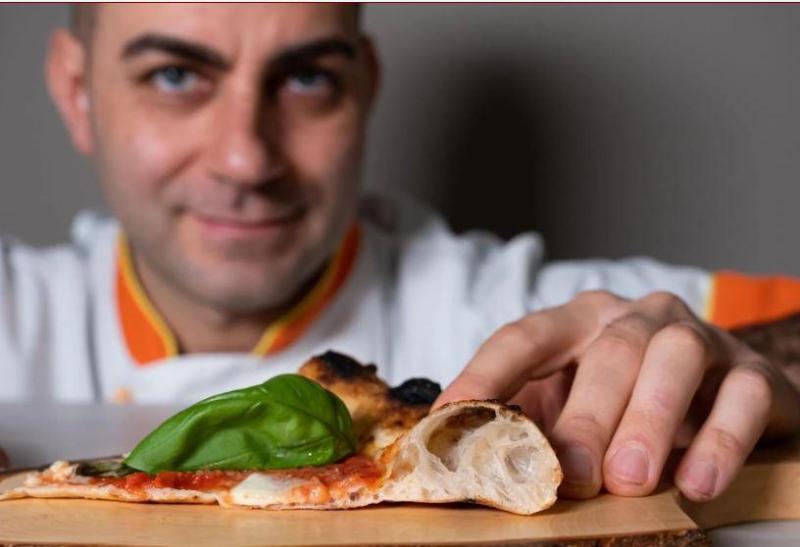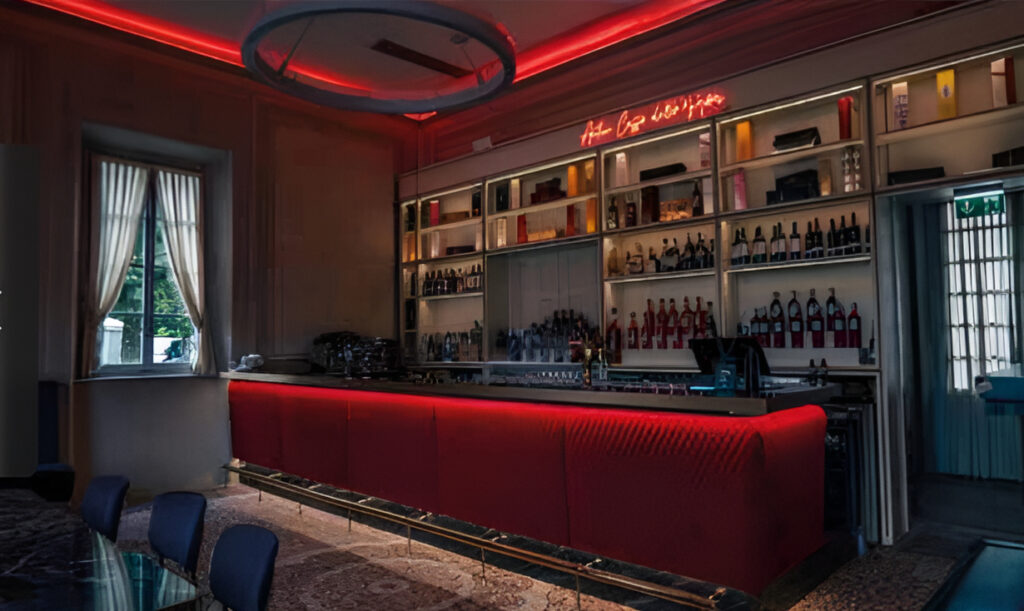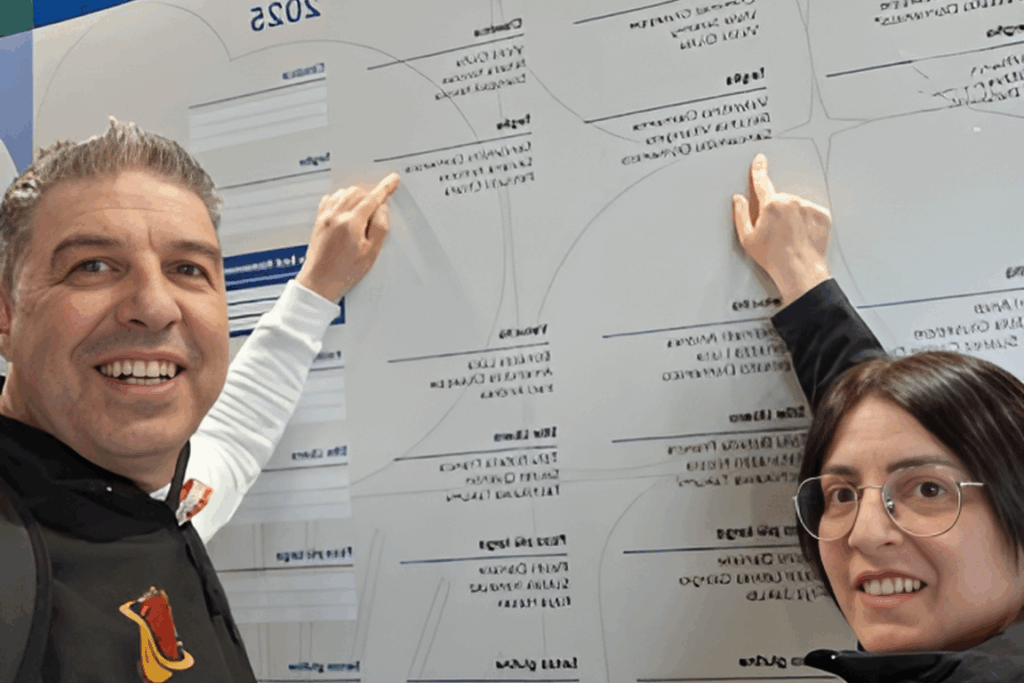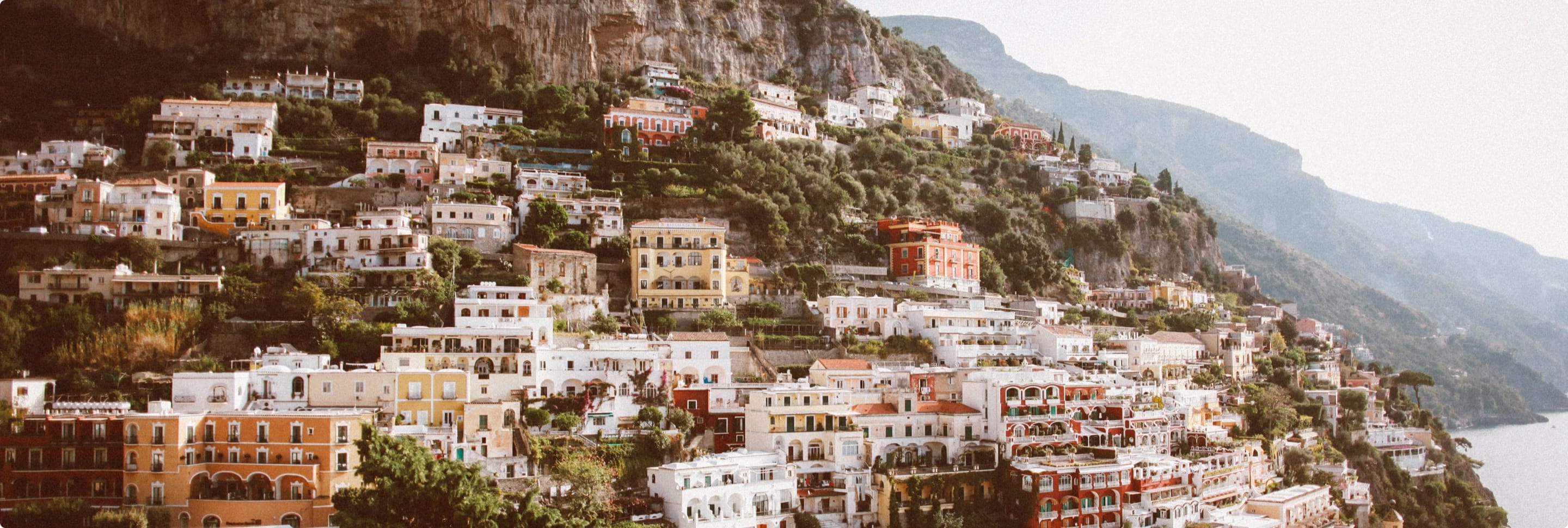
How is the pandemic changing the relationship with cities?
According to the ISTAT (Italian National Statistics Institute) General Population Census data, from 1951 to the present, Italian towns – especially those in the South – have undergone serious depopulation and consequently considerable aging. A mass exodus that still jeopardizes the future of the communities and seriously threatens the preservation of cultural heritage. Desperate attempts were made by some towns in Molise, Basilicata and inland Campania, where houses were sold for 1 euro provided that the properties purchased were renovated and inhabited. It is quite successful the case of Guardia Sanframondi, a town in the Benevento area where many American citizens have invested after a television program aired overseas. In fact, being able to work remotely, they have moved to the town, fully participating in the life of the local community. Everything has its positive side. Do you think the same applies to this pandemic?

BACK TO THE VILLAGES AND “SOUTH-WORKING”
This pandemic and especially the lockdown have reversed the trend of migration. We have witnessed mass escapes of young people – or not so young anymore – from big cities, often in Northern Italy, towards their places of origin, such as small villages in Southern Italy. Places that you take with you when you leave, to which you return without ever ceasing to feel at home despite the years. Smart working or not, Italians couldn’t help but try their hand at making pizza, bread and typical products.
Maybe for the first time particular attention is paid to product labeling. Whether it is in respect of the recipe or in order to guarantee an excellent result in the kitchen and amaze one’s family, labeling becomes important, especially with regard to the origin. For many people, in fact, it is a relevant parameter considering the fear of contagion. The strength of this moment has been unstoppable and has generated an enormous awareness at a social level; it has also represented a rediscovery of our origins, artisan knowledge, zero kilometer products and flavors and aromas that in some cases were only a memory.
With the end of the pandemic, many people had to face the return to normality, as did the twenty-seven years old Elena Militello from Palermo, who left her land since the age of 17 for study and work. Elena is the founder of “South Working- Working from the South” a project that aims to encourage Italian and foreign companies not to force their employees to return to the office. This project has met with widespread adherence throughout the country and records a large number of testimonies from young people. Forced to return to their native places during the Coronavirus period, they claim that, at least for some types of work, it is possible to choose “first where to live and then where to work”, that their quality of life is considerably higher and that they are even more productive.
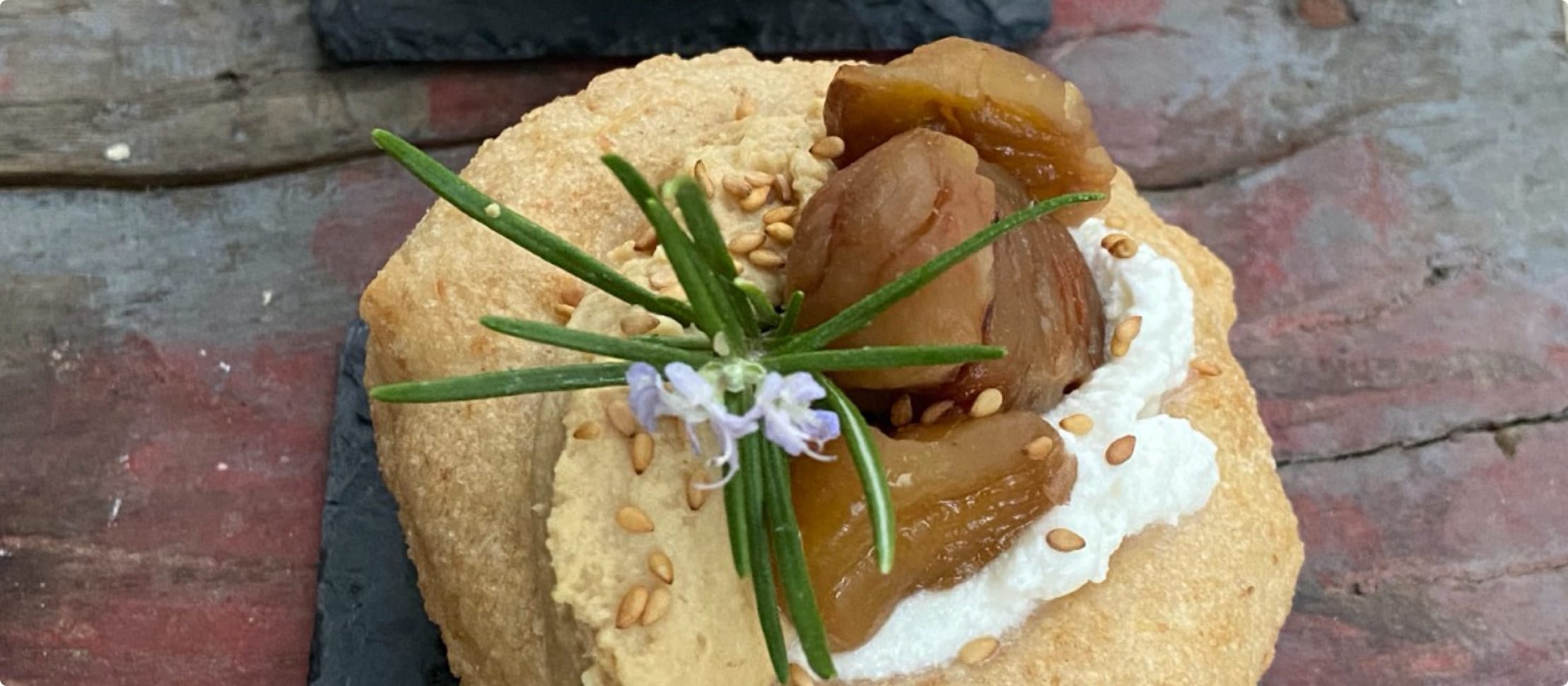
THE “MONTANARINA” AND THE REBIRTH OF VILLAGES
This need has already been felt for about ten years in Italian cities, where the phenomenon of urban gardens – such as the one in the Garbatella neighborhood, in Rome – is growing more and more. Also in many other cities, from the North to the South of the peninsula, local administrations are increasingly driven to grant green spaces of the city to private citizens, in order to practice subsistence agriculture.
Initially practiced largely by the over 65s, today it is a growing phenomenon and even the younger generations are joining in, seemingly highlighting a radical need to adopt a healthier lifestyle and rhythms. By acknowledging these aspects, many have taken the decision to stay in their territories and rediscover the virtues of their land, even if only by proclaiming themselves guardians of their own culture, a task unwittingly carried out until now by the few elderly remaining in the country.

Montanarina Story was created in this context. It is a project that aims to be the spokesman of the stories of these places through the montanara – fried pizza probably coming from the inland area – and in general through food, using also Slow Food Presidium products. These products are subject to protection in order to safeguard production techniques, which in many cases tell a lot about the habits of the autochthonous population.
For Terra Madre 2020, Montanarina Story is going to discover the inland area of Caserta. “CeCì” comes from here. Soft on the inside and fragrant on the outside, “CeCì” is a montanarina made with Grani Antichi flour and topped with ricotta di bufala cheese from Campania, chickpea hummus – made by combining Teano chickpeas and Ispica sesame Tahina – Roccamonfina chestnuts caramelized with chestnut honey and rosemary. This Montanarina describes the diet of the past, mainly made of vegetarian products, as it is also witnessed by the Mediterranean diet. A kind of nutrition linked to the use of legumes, easy to preserve and rich in fibers and mineral salts taken in substitution of meat, which was consumed once a week at the most and was available to few. The chickpeas cultivated in the area of Teano were essential for the support of peasants tired by the work in the countryside. Legumes and cheeses – as well as chestnuts from the volcanic area of Roccamonfina – represented some naturally available products of the northern area of Caserta hinterland. Beyond the big cities, for Montanarina Story there are farmers, products, their stories and that future that has always been there to wait.
